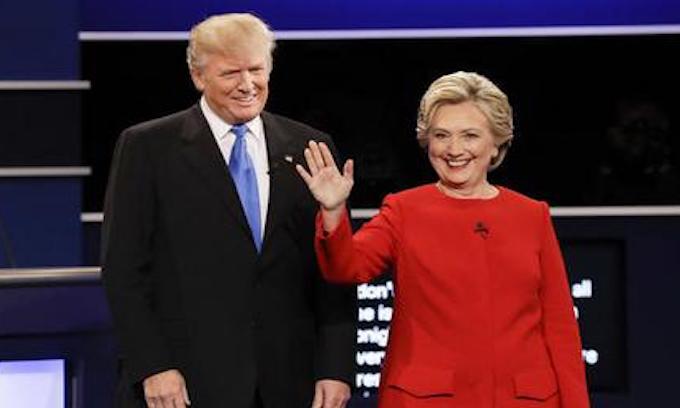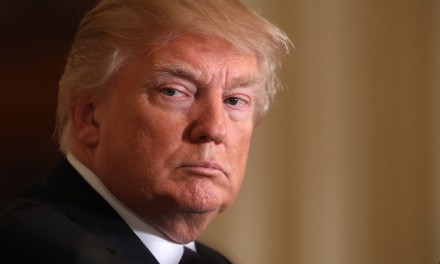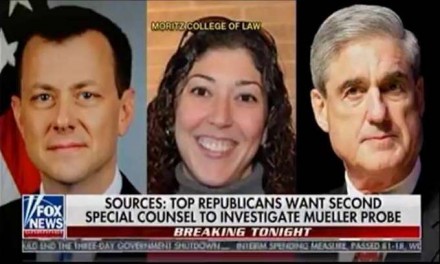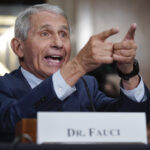During last week’s debate, one of Republican presidential candidate Donald Trump’s better moments came when he argued that failure to maintain law and order has a devastating effect, particularly on inner-city residents. New data from the FBI backs up Trump’s argument.
According to the FBI, the number of murders in the United States increased 10.8 percent in 2015 — the largest jump in two decades. Until 2015, the largest increase of the last 20 years occurred in 2005, when the rate increased 3.7 percent.
Some officials note the violent crime rate still remains far below the levels seen in decades past. Crime has fallen greatly since the 1990s. Yet the sharp reverse in trajectory is reason for concern.
Richard Rosenfeld, a criminologist at the University of Missouri-St. Louis, believes the surge is tied to the “Ferguson effect,” referring to the aftermath of tensions unleashed by the shooting of a black 18-year-old man in Ferguson, Mo., by a police officer in 2014.
Rosenfeld told The Wall Street Journal that incident, and others like it, have made police less likely to engage with citizens in certain neighborhoods, particularly the inner city. At the same time, residents in those neighborhoods are less likely to trust the police and report crimes. This creates a vicious cycle where residents in those neighborhoods are more likely to be the victims of crime.
The increased murder rate is tied largely to crimes committed “in certain large cities where police- community tensions have been notable,” Rosenfeld said. A report by the Major Cities Chiefs Association buttresses that argument. It found murders rose in 29 of the nation’s largest cities, Chicago among them. In the first half of 2016, Chicago experienced 316 killings compared with 211 in the first half of 2015.
During the debate, Democratic nominee Hillary Clinton suggested greater gun control was needed to reduce crime. Yet Chicago has some of the nation’s most restrictive gun laws.
Trump endorsed use of “stop and frisk” policies by police, a practice in which officers search individuals for weapons under reasonable circumstances. It’s impossible to quantify how much effect stop and frisk alone has on crime, but that method was employed along with other forms of “broken window” policing by New York City officials in the 1990s. By aggressively prosecuting all forms of crime, including “minor” crimes like vandalism, police were able to arrest numerous individuals who committed other crimes as well. During Mayor Rudy Giuliani’s tenure, the city’s murder rate plummeted nearly two-thirds.
Some still criticize those police methods, but there’s no doubt they helped make even the inner city a far safer place for inhabitants.
That’s a point Trump seemed to understand, but one that eluded Clinton. During the debate, Trump argued that “we need law and order in the inner cities,” because “it’s very unfair” to those who live there when politicians allow crime to surge out of deference to political correctness.
Clinton weakly responded it was “really unfortunate” that her opponent “paints such a dire, negative picture of black communities in our country.” Yet Trump’s description isn’t out of line with the realities of inner-city Chicago and similar communities with disproportionately severe murder rates.
Although Clinton may think otherwise, politicians who deny reality are doing no favors for citizens in the nation’s toughest urban areas.
___
(c)2016 The Oklahoman
Visit The Oklahoman at www.newsok.com
Distributed by Tribune Content Agency, LLC.
—-
This content is published through a licensing agreement with Acquire Media using its NewsEdge technology.



















Recent Comments